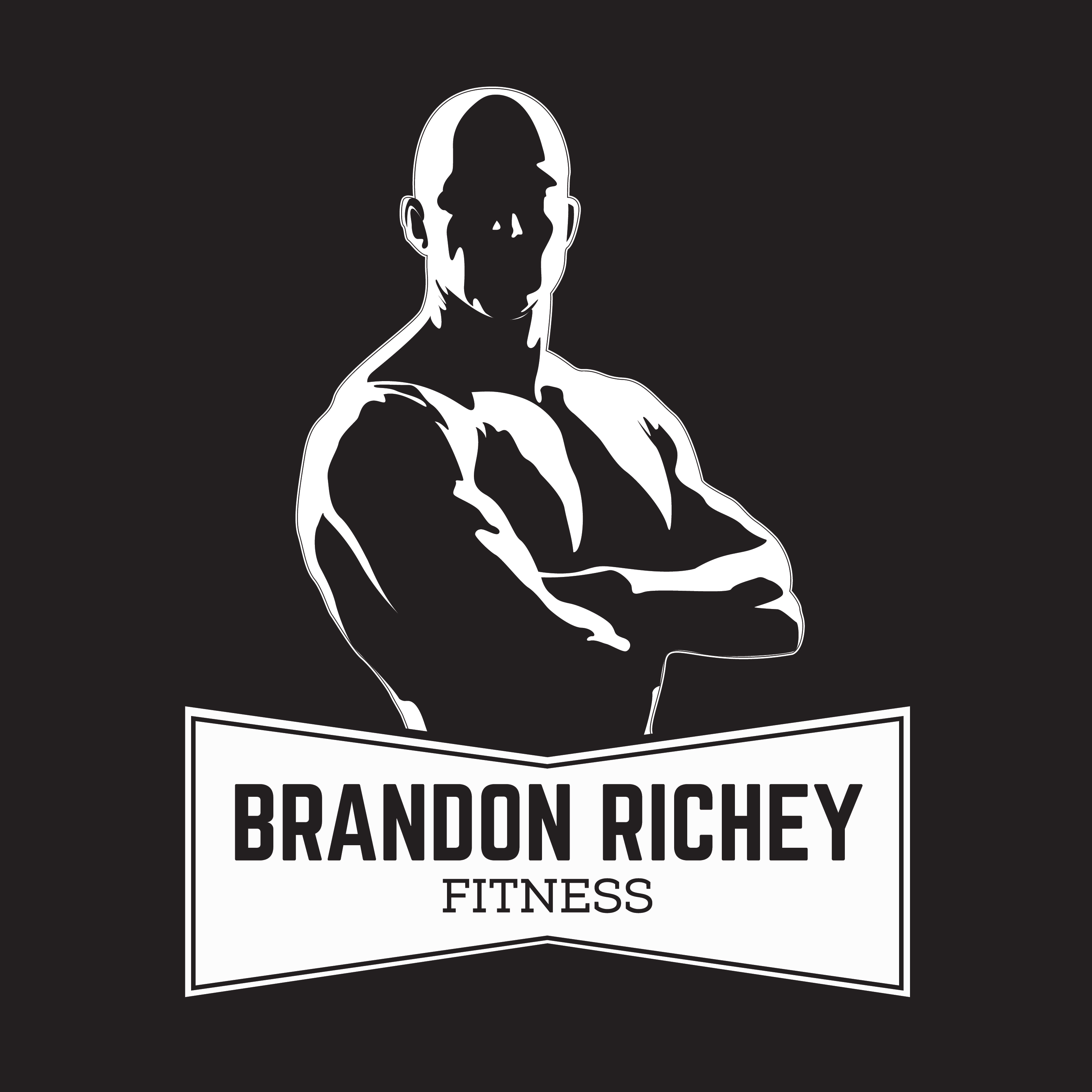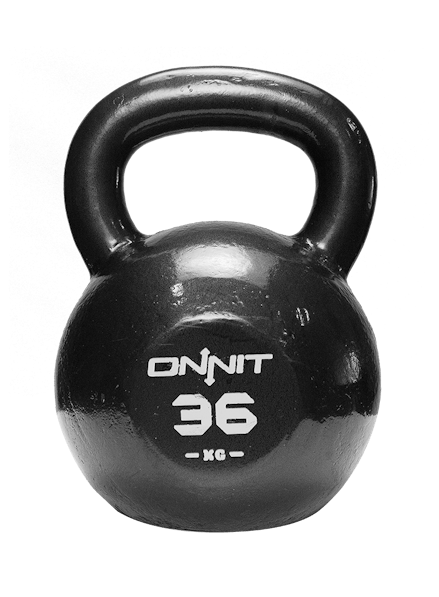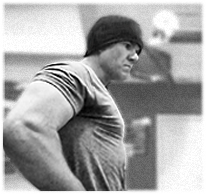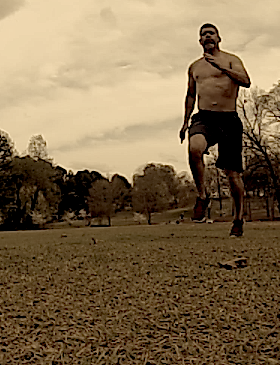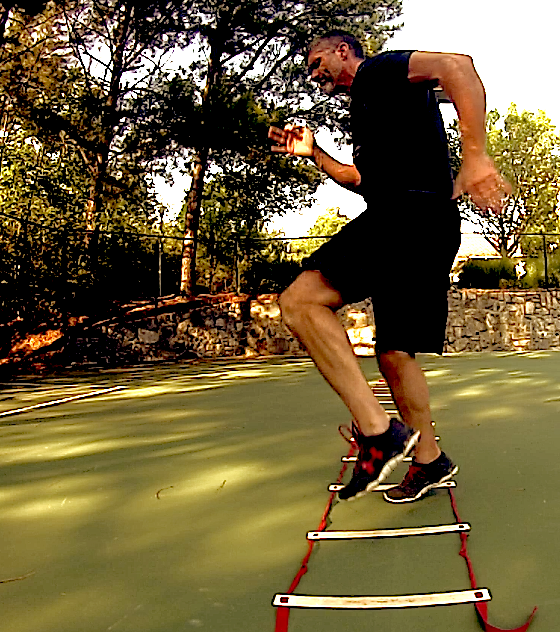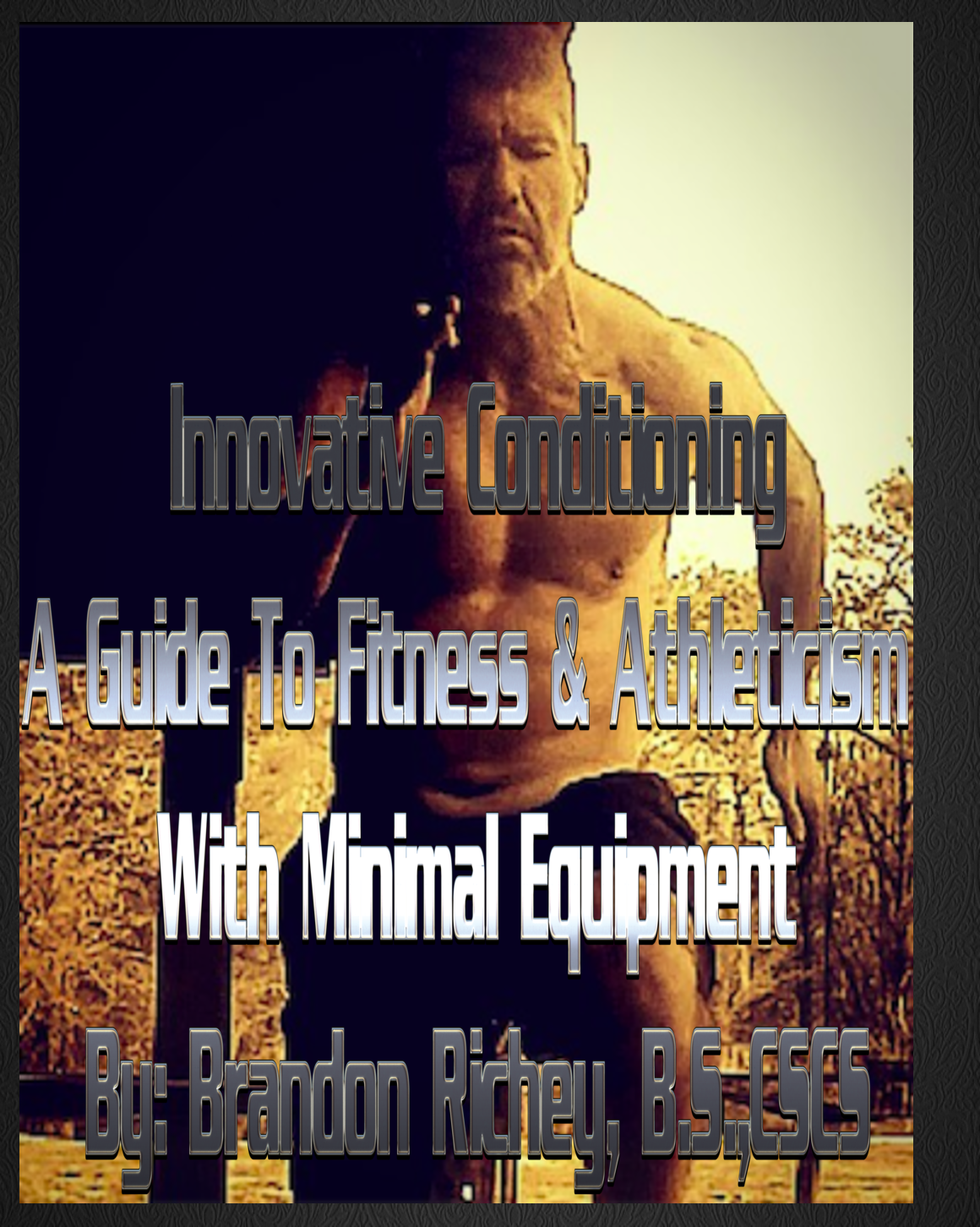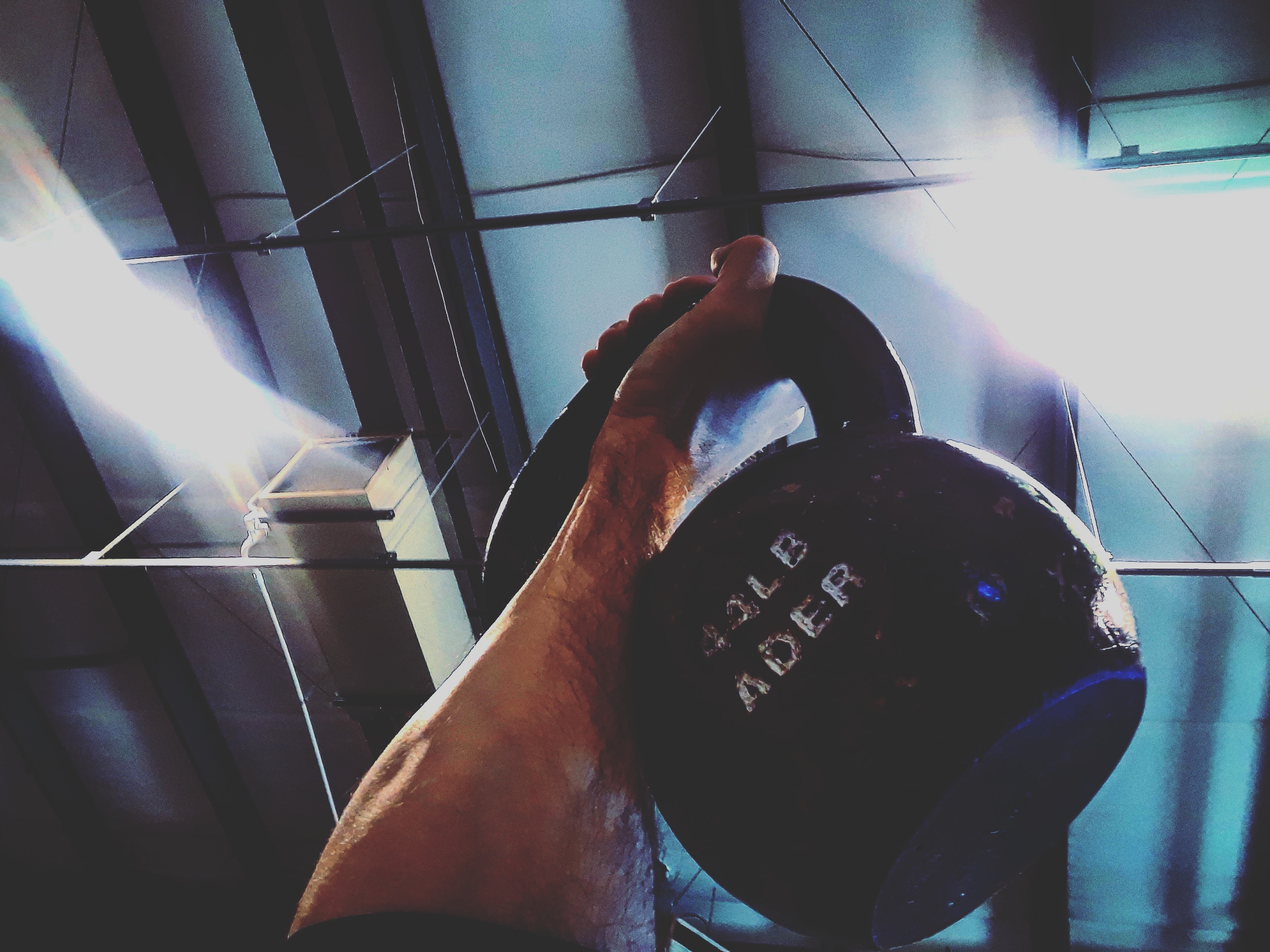
What Are The Best Shoulder Exercises For Strength And Function?
- Are your shoulders strong and functional?
- What shoulder exercises are you implementing to build strong injury resistant shoulders?
- Are you looking to transform your fitness and strength?
Well when it comes to training shoulders most articles I typically see for this seem to recommend training tactics that emphasize more aesthetics in terms of the approach to training the shoulders.
Aesthetics are great, but shoulder function is better. Besides the aesthetics will come if your shoulder joint can exhibit mobility and stability the way it should be able to in the first place. Form always follows function…not the other way around!
Shoulder Exercises For Strength And Function
When reading about these following movements I want you to understand that the thing that makes the kettlebell so impactful with these is its design. Because it is shaped like a cannonball attached to a handle you must allow the kettlebell to hang over the back of your forearm to perform these movements.
Because the kettlebell must be held in this way the weight of the sphere of the kettlebell provides a big assist in pulling your shoulder back while it’s in flexion (overhead). This will improve your mobility and enhance your overall shoulder stability as you get into the technical side of the following exercises.
Kettlebell Turkish Get Up (TGU)
The TGU is one of the most powerful exercises for training your shoulder stability while also emphasizing 3 of the 7 fundamental movement patterns associated with human function.
Out of the 7 foundational human movements consisting of the press, pull, squat, lunge, twist, bend, and gait the TGU covers the press, bend, and lunge. It can also be altered to address other movement patterns such as the squat, but I think you get my point.
So what makes this movement so valuable?
Well when performing the TGU you can perform the movement by beginning either in the lying or standing position.
If you start the movement in the lying position the objective is to keep the kettlebell pressed above you with your arm perpendicular to the ground.
From here your objective is to progress through a series of steps until you’re standing up all while keeping the kettlebell pressed above you throughout the entire process.
To clarify this if you begin with the kettlebell in your right hand you’ll want to execute the following steps…
1. Press the bell with your right knee bent and with your right foot and left leg wider than hip width. Also get your right foot as close to your body as you can while keeping it wider than the angle of your hip.
2. Roll up onto your left elbow using your right leg to assist you in maintaining a perpendicular angle with your loaded arm to the ground.
You see your shoulder girdle allows your shoulder to float throughout a 360 degree range of motion (ROM). The TGU will teach you how to allow for adequate mobility of your shoulder within that 360 degree ROM movement when necessary…while at the same time training you to create stability within that movement when necessary.
I will go so far to say that as you get more and more proficient with the TGU that your shoulders and body will be stronger than you have ever experienced in your life.
In fact, when I’ve been at my peak with this movement I could perform the TGU’s for 20 reps with a 72 lb. kettlebell (32 kg) and I felt strong throughout every single rep.
The kettlebell snatch
This is one hell of a lift.
The kettlebell snatch is a great sidekick to the TGU.
I say this because the TGU involves more of a push, whereas the kettlebell snatch is more of a pulling movement to stabilize your shoulder girdle.
Another great thing about the kettlebell snatch is that it’ll give you one hell of a strong grip as well and a powerful grip is absolutely crucial to your shoulder health.
In terms of the significance of grip strength on your shoulder health allow me to clarify myself by indulging me for moment.
As you’re sitting there reading this extend your right arm out in front of you and make a fist. Now clinch your fist as hard as you can.
As you do this you’ll notice the tension created from your muscles will run all the way from your fist, up your forearm, through your upper arm, and directly into your shoulder. You see your grip has a direct line to your shoulder through your chain of muscles.
You see your muscles are connected like links in a chain which is also known as your kinetic chain. As the old saying goes a chain is only as strong as its weakest link and when you strengthen your grip you strengthen your shoulder eliminating any weak links.
The kettlebell snatch is performed by you standing with your feet shoulder width apart firmly rooting yourself into the ground.
- From here you want to hinge your hips back, maintain a neutral spine, and reach out gripping the kettlebell handle with the kettlebell slightly out in front of you.
2. Next hike the kettlebell like a football between your legs maintaining a neutral spine and keeping your wrist tight to your groin.
3. Extend your hips and knees as you pull the kettlebell vertically up your body allowing it to corkscrew around your forearm making the vertical track of the kettlebell seamless and smooth as you lock it out overhead.
Once you have the kettlebell in the overhead position simply repeat the process of lowering the kettlebell and hiking it right back between your legs as you hinge and load your hips for a subsequent repetition.
Ideally you don’t want to place the kettlebell back on the ground, but rather continue snatching it from the hinged position and back to the overhead position until you complete the designated number of reps for a given working set.
A few things to note about this lift:
I. Depending on which hand you grip the kettlebell with you want to make sure you grip the kettlebell handle towards the opposite side of the handle of the gripping hand.
For example if you grip the kettlebell to snatch it with your right hand you want to grip the handle sliding your hand towards the left horn of the kettlebell handle. Obviously if it were your left hand you would grip the kettlebell handle towards the right horn of the kettlebell handle.
II. When snatching the kettlebell you should never have significant pain or bruising on your outer forearm. If you do then something is wrong with your technique and it probably has to do with either your grip (previous paragraph), or the track of the kettlebell as you ascend it into the overhead position.
Remember that the kettlebell should NOT bang your forearm, but rather corkscrew around your forearm in a sort of rolling motion and your wrist should NEVER break, but remain straight.
III. Also as you lift the kettlebell from the hinged position with it between your legs to the overhead position you should be mindful to activate your lat muscle on that lifting arm.
Your lat muscle is the biggest strongest muscle of your back and is crucial in the kettlebell snatch as it will provide you with tremendous stability at your shoulder girdle as you lift the weight overhead.
IV. Remember that all your power from this lift comes from you driving force into the ground from your legs. As your hips and knees extend standing you up from the hinged position you should create most all the force to get the kettlebell overhead from the power of your legs. Your arms are there for providing a respectable assist in the movement.
The more proficient you become in this movement I guarantee you that you’ll develop an iron set of shoulders that will pass BOTH the eyeball test, as well as the functional test of strength.
Shoulder Exercises: The Takeaway
If you want to build seriously strong shoulders then you need to build strong movement and function. Anything else is a set up for failure.
Do you currently include kettlebell training into your strength program?
What shoulder exercises are you currently using for your strength and fitness?
Post up and share in the comments below.
To help you along with developing your discipline, strength, power, and other muscular needs you need to jump on my brand new 30 Introductory Kettlebell Workouts training program right here. Get some!
Click Here To Order My 30 Introductory Kettlebell Workouts
Click On Image Below
 Also make sure you take advantage of my more comprehensive new 120 Day Functional Fitness Training Program right here below! I guarantee it’ll get you into the best shape of your life, or I’ll give you your money back no questions asked.
Also make sure you take advantage of my more comprehensive new 120 Day Functional Fitness Training Program right here below! I guarantee it’ll get you into the best shape of your life, or I’ll give you your money back no questions asked.
Also for a LIMITED TIME ONLY if you order my 120 Day Functional Fitness Plan you will be able to take advantage of my special discount bundle consisting of…
CLICK HERE TO ORDER MY 120 DAY PLAN TO POWERFUL FUNCTIONAL FITNESS!!!
It’s changing lives already!
Click On Image Here
Should You Perform Static Stretching Before Lifting Or Not?
5 Simple Ways To Measure Your Functional Fitness
3 Functional Strength Drills For Fitness And Performance
4 Guaranteed Ways To Get A Functionally Strong Body
4 Ballistic Kettlebell Workouts For Building Insane Work Capacity
5 Key Reasons You Should Be Using The Goblet Squat
Click on all images below…
If you’re looking to enhance your fitness for MMA and martial arts then make sure to check out my
90 Day MMA Strength And Conditioning Program Here.
